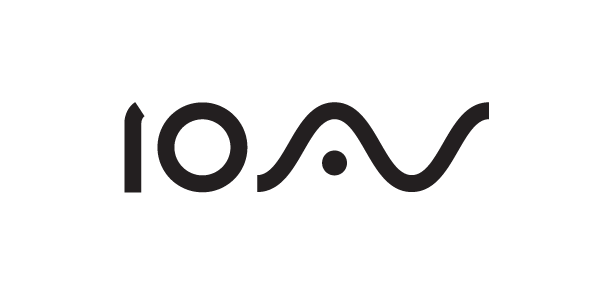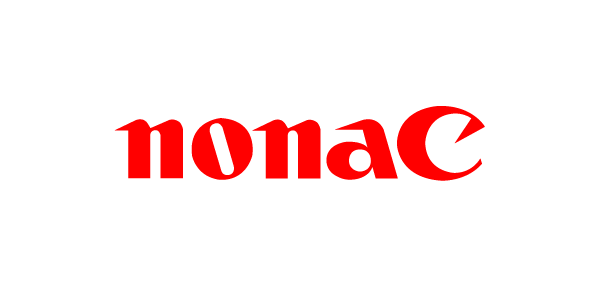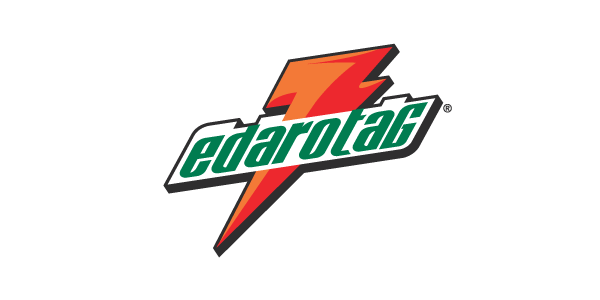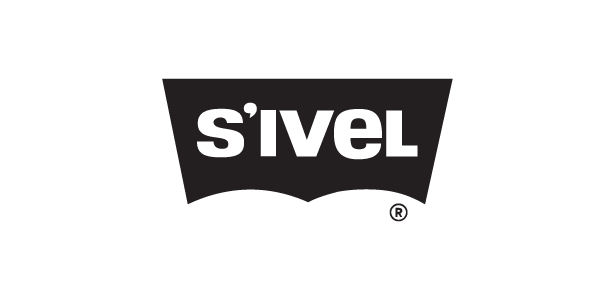When it comes right down to it, this post is about a big list of backwards logos. But not just flipped backwards: still readable. I wanted to see if I could uncover some hidden meanings that were funny, ironic or perhaps even eerie.
In general, I think twisting and obfuscating logos creates some interesting results, as I found in my article, “what if logos were captchas?”. I like to experiment with existing brands and see if I can “reverse-engineer” some kind of meaning, pattern or statistic out of them, that might be useful in the future of branding.
I came up with some interesting wording, and it’s funny how foreign a logo can actually become when you detach the name from the brand. It is somehow recognizablebut it doesn’t “click” the same way–it seems like something is wrong. Very interesting indeed!
The logos
AIKON: NOKIA

slightly ironic that nokia backwards is aikon – almost like “icon”. It looks somewhat recognizable, but the generic look of the letters obfuscate it more than most, and it can easily come across as being another logo altogether.
OIAV:VAIO

Sony Vaio’s logo has always been a bit of a trick to read, since it is so highly stylized. Flip it around and it looks like hieroglyphs straight from of an alien artifact! Highly unrecognizable but definitely unique and mysterious.
NONAC: CANON

Canon’s logo is still highly recognizable, due almost solely to the unique serifs that pervade our memory. The “o” has a very unique shape as well. But the one that stands out the most is the “C” which has such a signature look.
ELGOOG:GOOGLE

Another highly memorable logo, Google has made a name for itself (literally) with it’s vibrant color palette. The revised logo has seen very slight modifications, but this newest version shows very subtle accents and type refinement on the serifs. Very unique indeed.
One thing of note: el goog, could this be a Spanish Google? Perhaps the counterpart would be le Goog, the French version.
ANTEA:AETNA

Aetna, the health insurance provider, has a unique “icon” that drives the name. The simple fact this exists makes the name highly recognizable, but the shortness also helps.
CBSH:HSBC

The symbol drives this brand, and without it, “HSBC” would easily succumb to brand dilution and invisibility. HBSC has never been a memorable acronym to begin with, and enforcing bad situation with an equally plain type treatment doesn’t help. There is no unique color scheme either. HSBC easily suffers from acute dilution in this excercise!
NORVEHC:CHEVRON

Chevron still holds itself well, due strictly to the Chevron symbol that has made their name so famous. The lettering itself does not stand up well and as we’ve seen in some of the above names, it begs the question: where would they be without their symbols? A lot of short names are commonly designed WITHOUT symbols, because the name itself is strong enough to hold the weight. Combining the two in a haphazard way perhaps shifts that balance but does not contribute anything more to the brand recognition unless it is very carefully managed.
EDAROTAG:GATORADE

Pft, whatever. You could write any damn word combination here and it would still be instantly recognizable. Gatorade has made a unique logo with a unique color scheme backed by a unique name, all of which provide memory cues that link up in a strong way.
ASIV:VISA

Visa is short and sweet, so it has a lot going for it strictly in regards to the name. The letters are subtly modified so as to provide a unique look, but not overpower it. However it does look alien in some ways, and if you took away the “boomerang” then it would lose a lot of credibility. It’s a draw: Visa IS memorable, but add a few modifications and it’s lost on everyone.
AMUP:PUMA

This one looks soo…appropriate. Probably because it’s all in caps and therefore nothing seems out of the ordinary. The leaping puma doesn’t help the cause for dilution, because it tells you right there what the name is, even when the word belies it. Take the icon away, and perhaps things might change, but I can’t imagine by much. The letters and green coloring are still pretty unique and memorable, and they have been modified to an extent that recreating them with a similar blocky font (impact etc) would not yield parallel results.
SIVEL:LEVIS

Levis are highly memorable as well, because the “butt-hugger” shape encases the words perfectly. The great thing about the overall shape is how simple it is, and how it works without color. The type has also been modified, using a mixed case treatment that is deceptively unique in its simplicity. Kudos Levis, you’ve done pretty good.
SWODNIW:WINDOWS

And we finish with Windows. Now, at first blush the name is very memorable, because once again it relies on the icon to do the pulling. The type treatment itself lends no branding “responsibility” though, and the relationship between icon and type is very strained. Take away the “Window” and poof–nearly no recognition at all. The name backwards is the only indicator, as the type refinement is either zilch or very little from what I can tell. If you changed the case, moved some letters, or replaced it with a different word set in the same font, you would be hard-pressed to find a link between the graphic and an actual company.
12-up comparison

Lastly, here’s a listing of all the logos side by side. You can compare memorability and recognition quickly here.

And the same list, but in grayscale. Notice how some of these logos become further diluted, while others stand out more! Levi’s takes the cake on this one, Vaio a close second. This is an interesting experiment in stress-testing and I hope to hear your comments about it! If you come up with a similar experiment, please let me know!